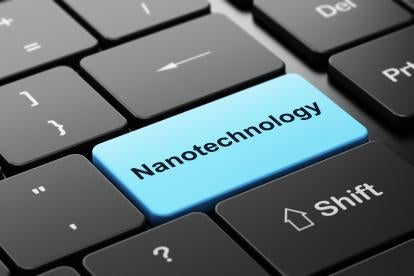On October 11, 2021, the French Agency for Food, Environmental and Occupational Health and Safety (ANSES) announced the release of a scientific guide to assess the risks posed by nanomaterials in food. According to ANSES, engineered nanomaterials are used in the food sector as:
-
Food additives to improve a product’s appearance and palatability by modifying its structure, color, or texture;
-
Additives in the formulation of food contact materials to modify the properties of these materials (transparency, resistance), indicate the presence of any pathogens, or improve the organoleptic quality and shelf life of food; and
-
Ingredients with a nutritional function.
The guide provides a risk assessment methodology for engineered nanomaterials used as food additives and ingredients with a nutritional function. ANSES notes that the European Food Safety Authority (EFSA) published in 2018 a guide to assessing dossiers on nanoscience and nanotechnologies in applications such as food additives, pesticides, and food contact materials. ANSES states that although the methodologies are based on similar concepts and risk assessment methodologies, ANSES has proposed specific adaptations concerning regulatory definitions, particle size measurements, dissolution properties, and hazard identification.
ANSES will initially test its methodology on engineered nanomaterials previously identified in the first phase of the expert appraisal, depending on data availability. According to ANSES, at this stage, titanium dioxide appears to have the best-documented exposure and hazard data, allowing a full risk assessment to be conducted. As reported in our April 18, 2019, blog item, France banned foods containing the food additive E171 (titanium dioxide) from being placed on the market starting in January 2020.




 />i
/>i

